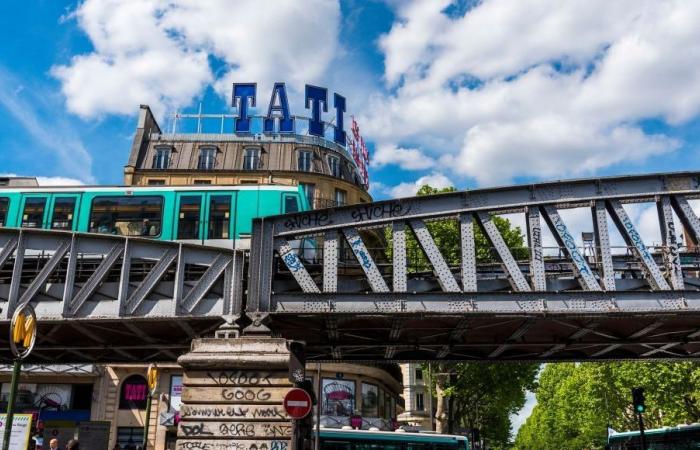
In his work Barbès Blues. A popular history of North African immigrationpublished by Editions du Seuil, researcher Hajer Ben Boubaker looks back on the events which made this district the place of life for the Maghreb community in Paris. Before Barbès, she says, the first Algerian settlement in Paris was actually in the Latin Quarter. It was during the second half of the 19th century, with the creation of the Gares du Nord, de l'Est and Saint-Lazare, that the Goutte d'Or, in the heart of Barbès, became an arrival area, first for the Bretons, immigrants from Eastern Europe, the Italians, then the Algerians…
Hence the concept of “immigrant centrality”, coined in 1992 by Jean-Claude Toubon and Khelifa Messamah, in their book Immigrant centrality. The Goutte d’Or district, dynamic of a multi-ethnic space (The Harmattan). “It is a place where people from several immigrations have been able to establish a cultural, political, economic, analysis Sharks Ben Boubaker. The North African community, coming from three countries, has permeated the neighborhood with its presence, with commonalities, but also differences, and has been able to create its own culture in the diaspora. It's one of the best-known neighborhoods outside of Paris: in Marseille, in Lyon, in North or West Africa, everyone knows Barbès.” Even if, she recognizes, the neighborhood has always suffered from a bad reputation and is still subject to clichés and prejudices.
A time gone by
At the beginning of the 20th century, Paris was less hostile towards the Arabs than Algiers, observes Hajer Ben Boubaker. “Algiers was extremely segregated, it was very difficult, for example, for an Algerian to go to a café frequented by pieds noirs. Whereas in Paris, despite surveillance and racism, there was still sociability and the possibility to become politicized through the unions or the Communist Party.”
The title of his book, Barbès Bluesrefers to a bygone time. “Between the beginning of the 1920s and the 1980s, we see continuities, in the sociability of North African men for example, through places, coffee, blue-collar work, shared musical interests… Things change when children grow up in France and do not have the same sociability in the community as their parents or grandparents. This does not mean that these people did not live with French society, but they also had a world of their own, that. children know, but do not fully share.”
The consequences of gentrification
Another “immigrant centrality” in Paris, the Belleville district. “It is the centrality of the Tunisians. The first to settle are the Tunisian Jews, then when the Muslim Tunisian workers arrive, they quite automatically go towards Belleville, because it is a working-class neighborhood where we can find accommodation, and also because 'there are benchmarks.'
But today, neighborhoods like Belleville have become significantly gentrified, “gentrified”. Leading to an increase in housing prices and, consequently, transformations in the social habits of residents, notes Hajer Ben Boubaker. “When businesses close because the rent becomes too expensive, particularly businesses specializing in products from North Africa (or from the west in Château-Rouge), or when the cafés change and the historic inhabitants cannot cannot afford to settle on the new terraces, there is a little village aspect that is lost…”
- Sharks Ben Boubaker, Barbès Blues. A popular history of North African immigrationThreshold, September 2024
The 9:20 a.m. interview Listen later
Lecture listen 19 min





